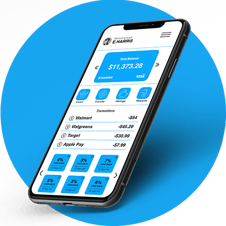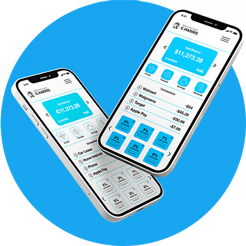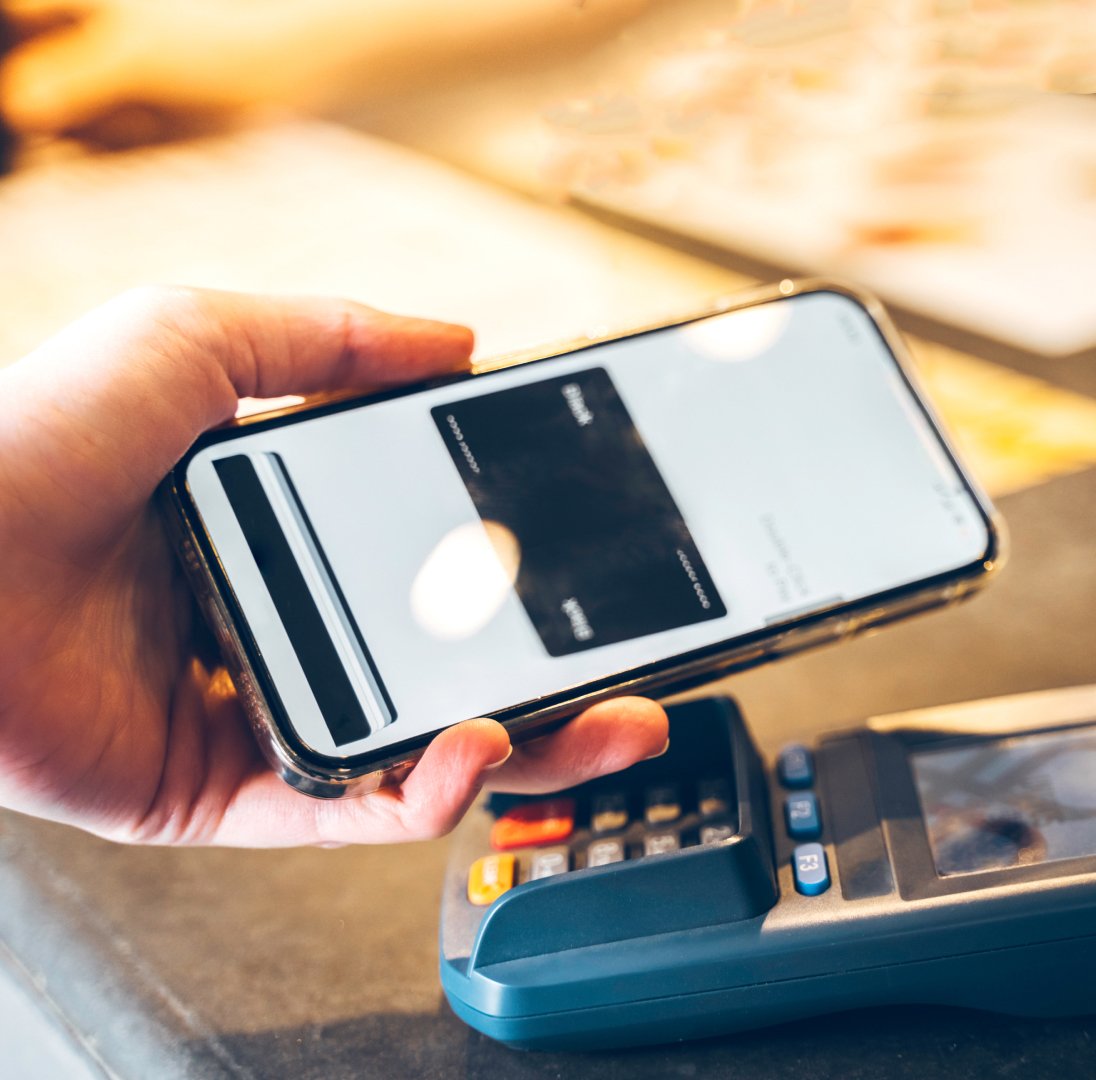Have you recently loaded money into your Starbucks app?
If yes, you might have contributed to the $1.7 billion that Starbucks customers pre-loaded into the app for future purchases in Q1 of 2023. That staggering number of deposits hinges on a core capability: embedded accounts. Let's unpack what's underneath those embedded accounts, which enable seamless and highly rewarded payment experiences like those offered by Starbucks.
Replicating the loyalty program that Starbucks creates for their customers used to be challenging and burdensome, but the advent of embedded finance technology and Banking-as-a-Service (BaaS) have changed that. API integrations make it easy to add embedded accounts to existing apps, which are often called eWallets in consumer-facing applications.
Not all accounts, however, are created equal. We'll break down three types of accounts that can enable enterprise programs:
- For Benefit Of (FBO) Account
- Demand Deposit Account (DDA)
- Stored Value Account (SVA)
For Benefit Of (FBO) Account
By definition, For Benefit Of (FBO) accounts hold money for the benefit of others. In an FBO account, the account holder (in this case, a company) is responsible for managing and controlling the account, but the funds in the account are ultimately owned by the beneficiary for whom the account is being held.
All programs powered by embedded finance technology will include an FBO account to manage day-to-day operations. However, it’s important to note that FBO accounts are used primarily as utilities for account-to-account (A2A) money movement and will not be issued to an end-user or customer of a brand. Instead, end-users are issued Demand Deposit Accounts or Stored Value Accounts.

Demand Deposit Account (DDA)
Demand Deposit Accounts (DDA) are the most versatile type of account for end-user customers. With DDAs, the consumer is the account owner, who can withdraw funds, write checks, pay bills, and handle other money management functions, as well as set up direct deposit, auto-bill pay, and other automated deposits and withdrawals.
As the name demand deposit suggests, the owner of a DDA can manage their money on-demand without advanced notice. Checking and savings accounts offered by legacy financial institutions are types of DDA.
Stored Value Account (SVA)
Stored Value Accounts (SVA) are like a light version of a DDA. SVAs are normally tied to a prepaid debit card and hold a certain amount of money for future use. They are popular because they are convenient and easy to use. Starbucks accounts for its customers are stored value accounts.

So, what’s the difference between DDAs and SVAs?
When designing a program, you will inevitably decide between a DDA and SVA for your end customers, and the decision hinges on how funds are held and need to be accessed.
SVAs are often used for small transactions and are typically issued by non-bank financial institutions. The value stored in the account can be used to make purchases at participating merchants or transferred between individuals. For example, the gift card you have for a department store uses an SVA. However, the funds cannot be used to write checks or pay bills.
On the other hand, DDAs allow the account holder to deposit, withdraw, or spend at any time and virtually anywhere. The funds deposited in a DDA can be accessed using checks, debit cards, or ATMs and have an account and routing number that can be used to make purchases, pay bills, or transfer money.
Fees and interest rates
Finally, there may be differences in fees and interest rates between SVAs and DDAs. SVAs may charge fees for transactions or monthly maintenance, while DDAs may charge overdraft fees or have minimum balance requirements. Also, interest rates on stored value accounts are typically lower than those on DDAs. These types of settings are configurable, and you determine them during your program setup.
Overall, SVAs and DDAs serve different purposes and are used for different types of transactions. SVAs are often used for small purchases or transfers, while DDAs are used for everyday transactions and managing finances.
The decision to leverage a DDA, FBO, and an SVA depends on the specific needs of your program. At Alviere, for example, Virtual Accounts are full-featured DDAs that our clients can offer to their customers or employees, with an FBO behind-the-scenes to power the program. On the other hand, we have clients who run promotional gift card programs that only require SVAs.
If you’re evaluating embedded account options from various embedded finance providers, we encourage you to connect with us. Our expert team can break down what types of accounts you need to bring your program to life.




